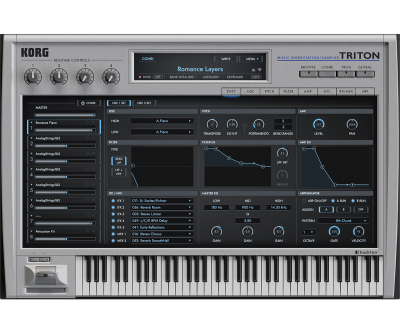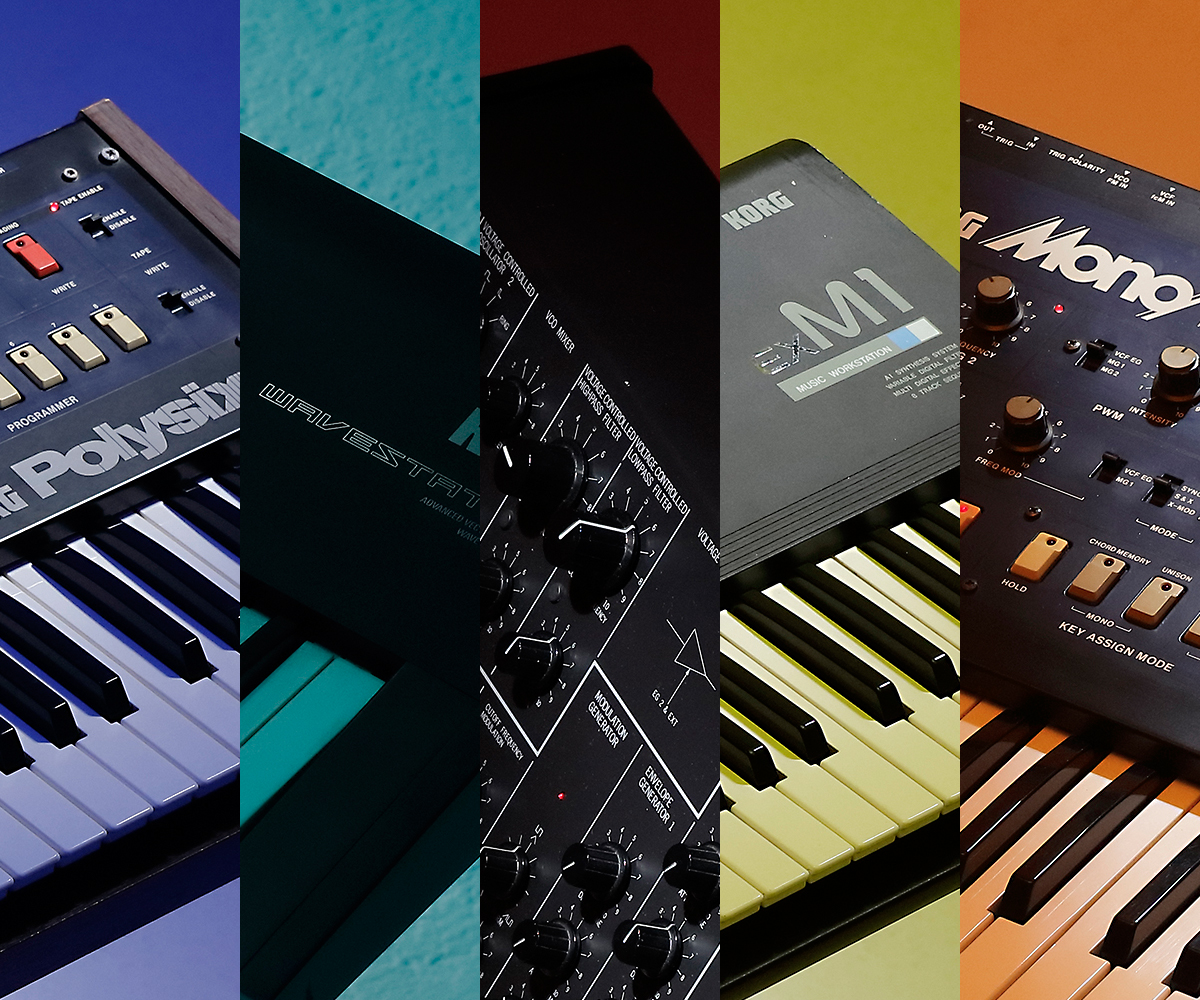

#Korg legacy collection analog edition software
In addition to faithfully replicating the sound of the original, the Polysix software synthesizer also adds the same modern enhancements as the software-based MS-20. The Polysix six-voice analog synthesizer was popular for its full-sounding voice structure, chorus/phase/ensemble effects, chord memory, and arpeggiator. By combining a dedicated hardware controller with a semi-modular virtual synth, this should make it easy to use, extremely flexible, and offer great real-time control. It’s too bad this couldn’t be full-size, but it’s still one of the most exciting controllers we’ve seen. It’s a 3/4-scale reproduction of the MS-20 that includes a velocity sensitive keyboard and signal-patching capability. The Legacy Collection includes a commemorative, fully-functional USB-MIDI controller (MS-20iC) for use with the MS-20 soft synth. The MS-20 software synth delivers all that power, and adds modern advantages such as 32-note polyphony, up to 16-voice unison, advanced modulation settings, and MIDI clock synchronization. It’s popular to this day with musicians like, William Orbit, that like the flexibility that it offers. The dual-oscillator, monophonic MS-20 (first released in 1978) is known for its thick sound, aggressive analog filters, and unlimited, creative patching potential. Korg’s CMT (Component Modeling Technology) models the characteristics of the electronic circuits themselves (transistors, condensers, resistors, etc.), allowing the Legacy Collection to perfectly reproduce the complex sound and deliver all the power and subtlety that up until now only true analog synthesis could provide. The coolest feature, though, may be the special-edition MS-20 Hardware Controller. It includes virtual analog versions of the popular MS-20 and Polysix analog synthesizers, and the Wavestation advanced vector synthesizer. In addition to a total of over 1,500 built-in preset sounds, an enormous amount of added PCM waveforms and wave sequences allows for even more variegated sound production.Korg has introduced the Legacy Collection, a virtual instrument/effects pack that offers software synthesizer versions of classic hardware synthesizers. 7 types of PCM and program cards are equipped. The software provides extensive preset programs and waveforms found on all of the series’ models: WAVESTATION, WAVESTATION EX, WAVESTATION A/D, and WAVESTATION SR. In addition to these and other unique revolutionary features, the sound section has equipped all of WAVESTATION’s PCM, and the parameters of the delicate parts have been fully reproduced in the software by analyzing the circuit map of the original design.

The user could operate a joystick to "mix" or "morph" between four oscillators, or create a wave sequence by placing waveforms in a specific order to create rhythmic or melodic sequence patterns. The WAVESTATION synthesizer appeared in 1990 with its new "advanced vector synthesis system" which produced a new sound by combining and shifting between multiple complex waveforms. It is equipped with extensive sounds, including 33,000 preset sounds and 34 cards.
#Korg legacy collection analog edition plus
It provides all of the PCM, Program, and Combination data found in the original M1 and the M1EX internal PCM expansion, plus the PCM data and Program/Combination data from all nineteen optional ROM cards.What’s more, in addition to all 19 types of the PCM ROM cards for the M1, the sound of the M1EX which was released as an expansion of the M1’s built-in PCM, as well as the sounds of the T-series, which advanced the M1. The software features filter resonance, VDA modulation, and master effects that have been powered up to a total of 18 systems. Numerous sounds available only from the M1, most notable the famous “M1 Piano” sound, were taken up by musicians and producers around the world, and are still in use today. As a pioneer of PCM tone generation, it was notable not just for the reality of its sound, but also for the distinctive resonance and tonal character that demonstrated the high level of Korg's voicing technology. Along with its innovative "workstation" concept, the M1's "AI" (Advanced Integrated) synthesis system used PCM waveforms and digital effects to deliver fully complete program and combination sounds. The first workstation synthesizer, released in 1988, which defined the sound of the late ’80s and early ’90s: M1.


 0 kommentar(er)
0 kommentar(er)
